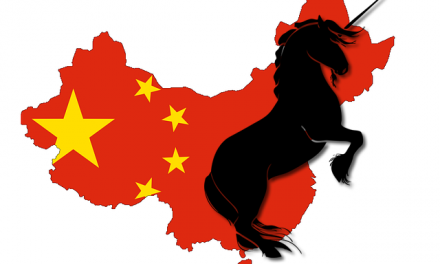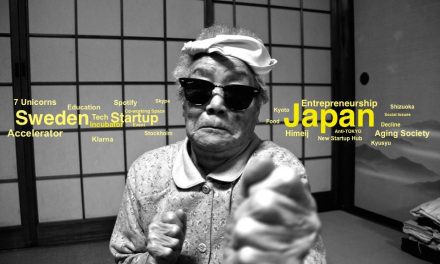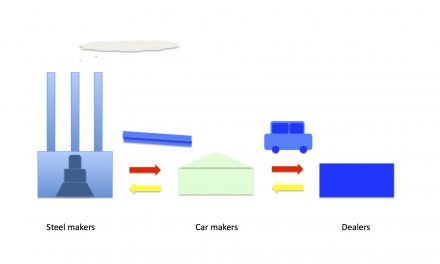
Japan’s Economic Miracle 15
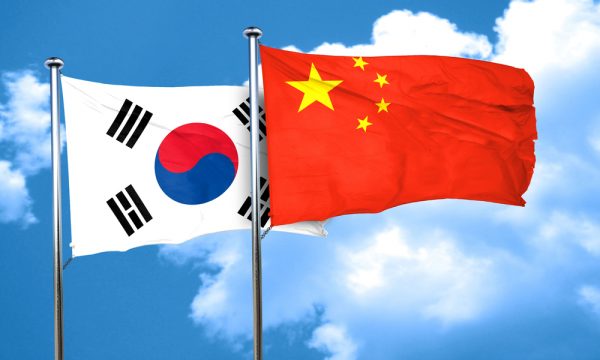
While Japan struggled with dealing with the long-lasting deflation, the rise of Asian competitors became obvious.
For instance, Sanyo, a consumer electronics company, was unaware that Samsung developed their technical power and entered foreign markets and it was accelerated by head-hunting Japanese engineers. In China, Haier, later became one of the biggest consumer electronics makers, was rising.
As a result of that Sanyo couldn’t take effective measures to counter the threat of these competitors, the company (Sanyo) went bankrupt.
“SANYO was spending all days in the competition in the domestic market. We believed that the hot economy before the burst of the economic bubble would come back. Therefore, we just prioritized the domestic market and didn’t think about the global competitions. We makers were just focusing on a cost decrease and distributors also required us to reduce prices. We just repeated a war of attrition. This was the consequence after the burst of the bubble. Nobody got benefits.”
A previous employee Naoki Nishizawa
The Global Market
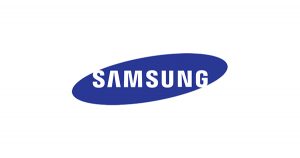

Price competition (which was becoming problematic) made individual makers strive to develop new functions. SANYO continued development races just to add very tiny new functions such as reducing the noise and power consumption of washing machines.
The most important thing was that these added functions didn’t appeal to international customers. Therefore, SANYO struggled to make businesses in the global market, fettered by the developed functions.
Since SANYO added a lot of functions to their products, they were falling behind Korean and Chinese companies in terms of price.
Since 1993, Samsung and Haier completed marvelous growth.
SANYO’s rate of growth = 1 (1993)
Samsung: 5 times
Haier: 90 times
In 2000’s, innovative technology created in Silicon Valley drove Japanese companies into a corner. Technological innovation making full use of IT changed the concept of “Monozukuri”. (e.g. Google and Oracle)
Moreover, the innovative products which Apple launched became the global standard.
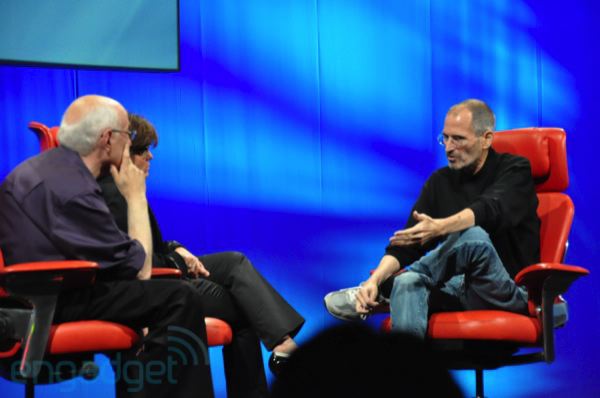
“If you look at the reason that the iPod exists and Apple’s in that
Steve Jobs
Acquisition
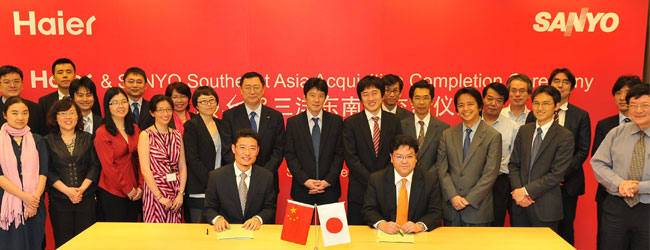
Source: www.thepresidentpost.com
In 2012, SANYO’s departments of washing machine and refrigerator were acquired by Haier (China). Nishizawa is now unifying the Asian department of washing machine in Haier and keenly realized the strictness of the global company.
“Now I can understand the reason why Japanese makers lost the competitions. A feeling of speediness of this company is totally different from SANYO. Japanese companies prioritize sort of prior consultation, but when it comes to the global standard, we have to show our answer first.”
Nishizawa
After all, SANYO came under the umbrella of Panasonic and the brand of SANYO lapsed.
A Dramatic Decline in Global Production

GAC Toyota Motor Co
Japan used to account for 15 to 16% of global production until around 1991. But now the figure is just 8%. In contrast, China raised the figure to 10% from 2%. The U.S has decreased its growth from 25% from 22%.
In short, only Japan has lost. Japanese companies lost a sense of speediness in terms of decision-making because there was hierarchy and it became a major obstacle for them. In addition, Japan delayed working on the problem loans.

One of the biggest reasons for the hard fights of Japanese companies is the difference of financial system. The U.S adopted the system of direct finance (companies raise funds directly from markets not thorough financial institutions).
Therefore, if companies have problems, they can’t receive funds (= go bankrupt) unless they deal with the problems immediately.
On the other hand, Japan adopted the system of indirect finance. Therefore, as long as banks continue to supply money to companies, they were able to put off resolution of problems. Absolutely, it was happening in the whole manufacturing industry.
Another important point and the biggest change was China’s industrialization. Why couldn’t manufacturing in the developed countries win China? This is because their wage is substantially low so that everything can be produced at a lower rate.

It was said that developing countries wouldn’t be able to become manufacturers which needed to be capable of carrying out mass production. For example, China had a massive
A lot of securities companies and investment banks in developed countries started to implement long-term investments
Then, the part of technology was covered by the penetration of computer. The new strategy of the U.S was using Chinese manufacturers whose labor cost was very low. (= The U.S didn’t try to compete against China) e.g. Apple
The reason why the U.S didn’t lose the production share so much was that they invented new stuff such as smart-phone. The value of its invention and sweeping the world made them increase their brands and it turned out to be the
To be continued …
Sponsored Link





